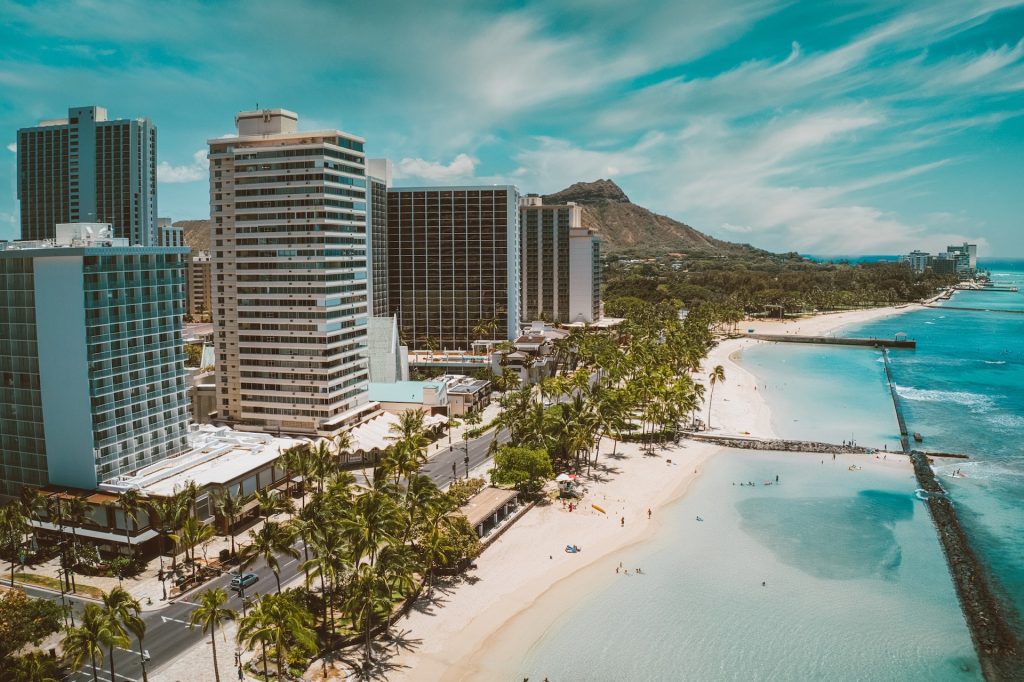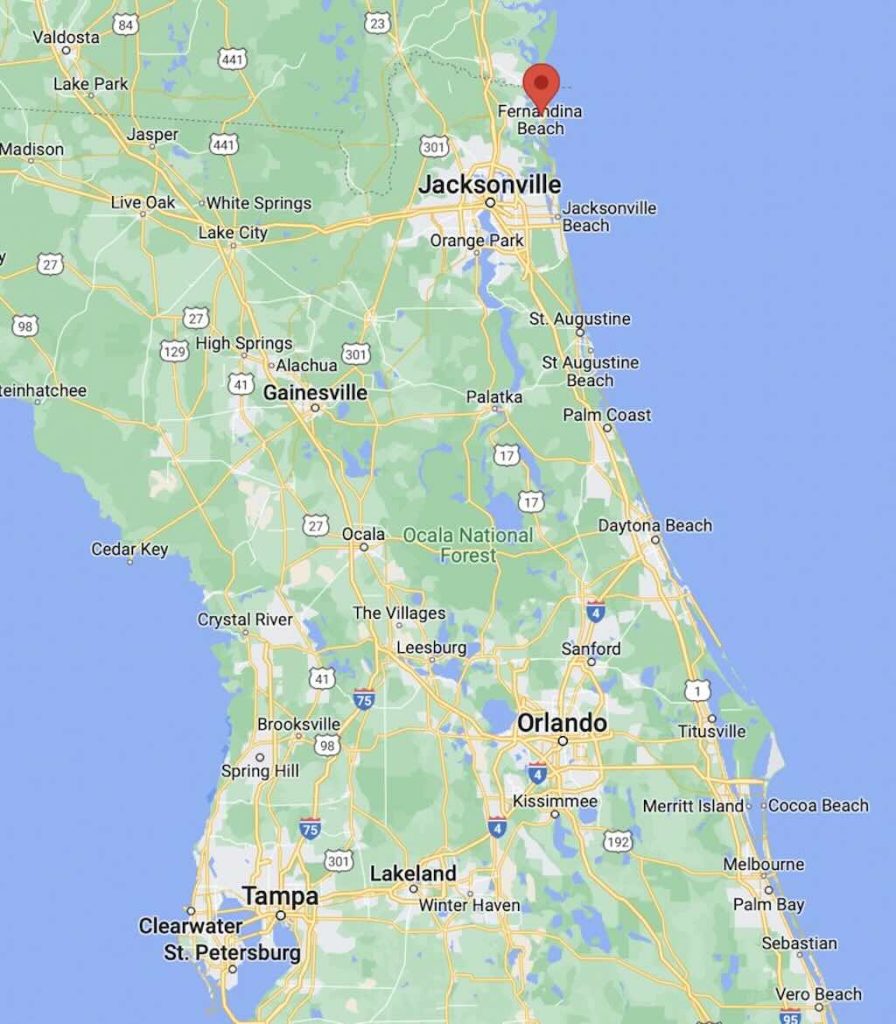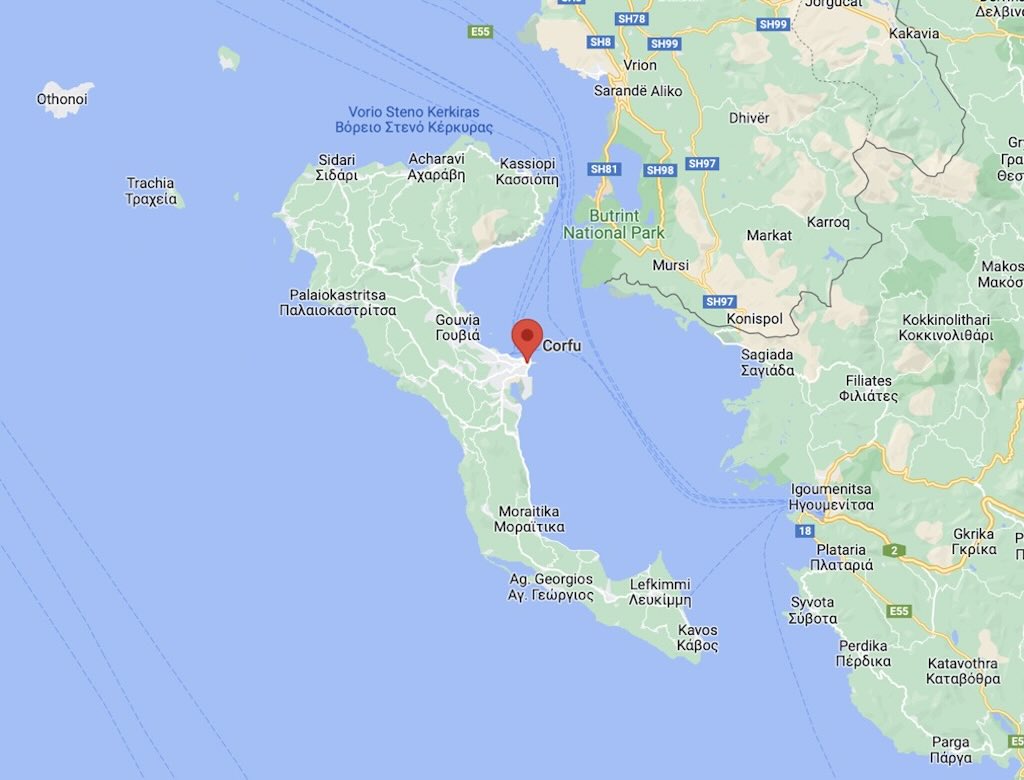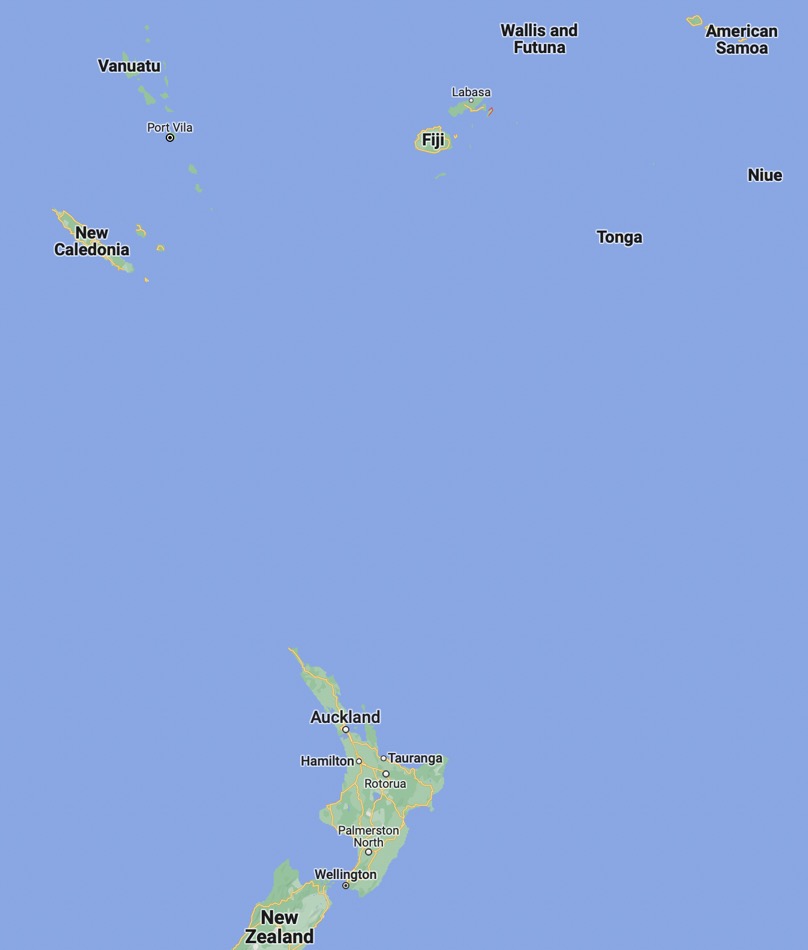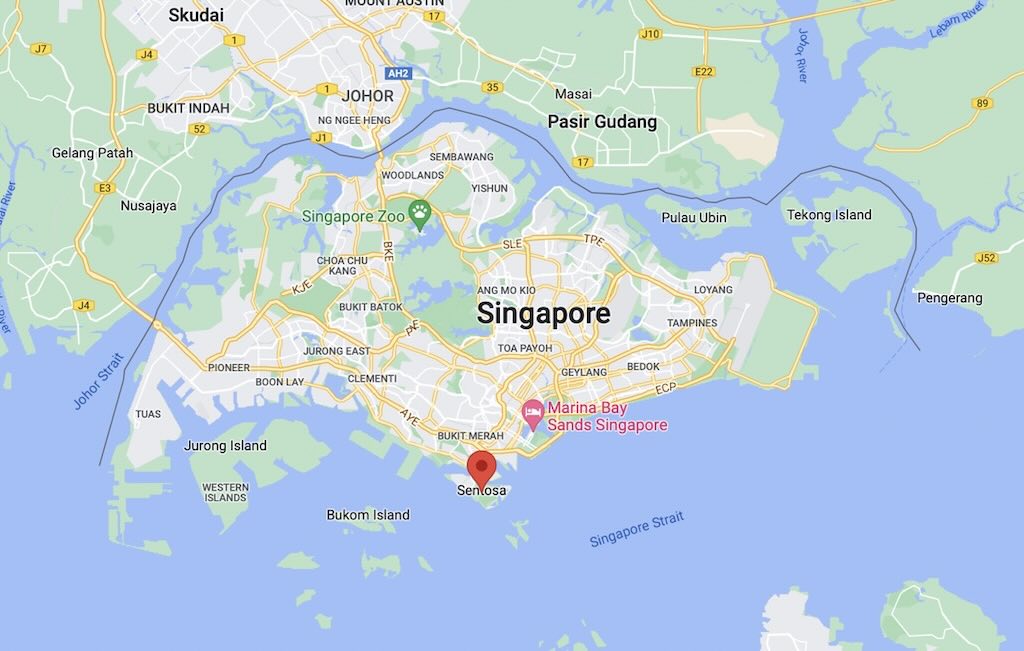In late October 2003 I had the pleasure to visit Naples for the 2nd time, the first time was for a short visit in 1973. In the minds of some people Naples might have a dubious reputation, but that should not detract from the fact that it is one of the oldest continuously inhabited urban areas in the world. It was a significant cultural centre under the Romans, and it served as the capital of the Duchy of Naples (661–1139), then of the Kingdom of Naples (1282–1816), and finally of the Two Sicilies until the unification of Italy in 1861.
My visit was for work and lasted only three nights and two full days, but it gave me a change to visit the Palazzo Reale di Napoli (Royal Palace of Naples), and to have a private evening visit to see the paintings of Caravaggio (1571-1610) in the Museo di Capodimonte.
I know I stayed in the Eurostars Hotel Excelsior, or whatever it was called in 2003. It must not have been a particular memorable hotel because the only thing I can remember is the view across the bay. Again, not being expert in the geography of Naples, I think the walk to the Palazzo Reale di Napoli took about 10 minutes.
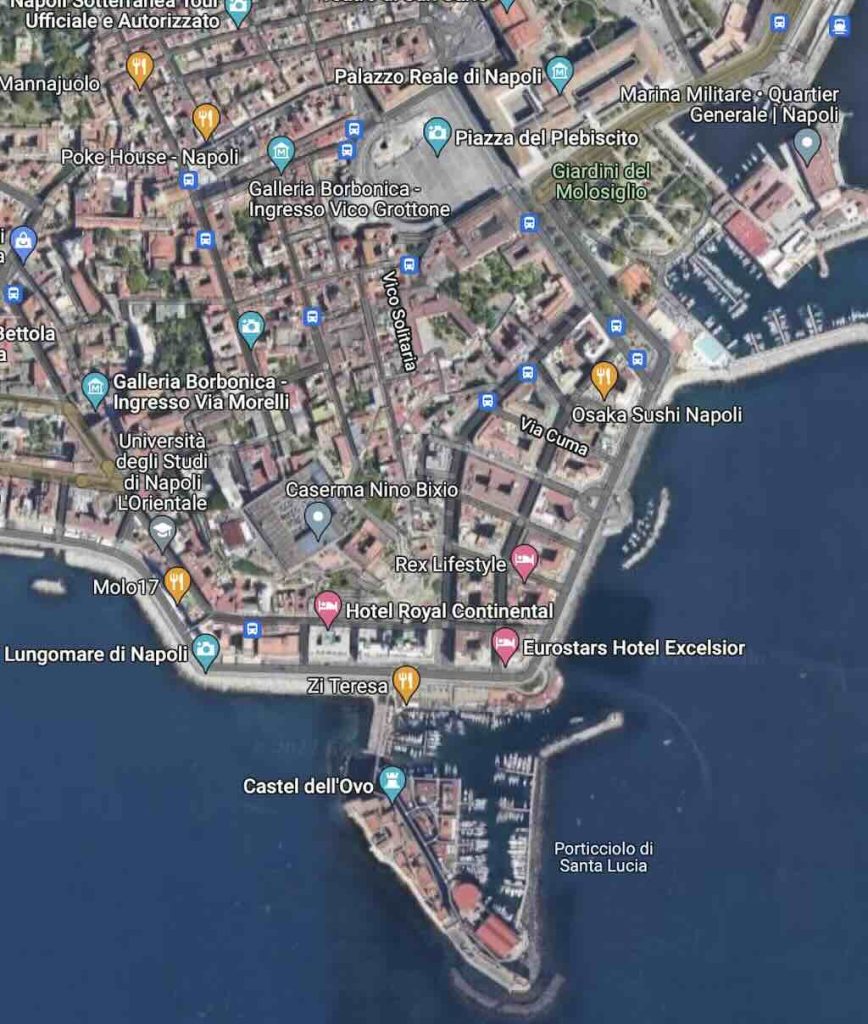
Palazzo Reale
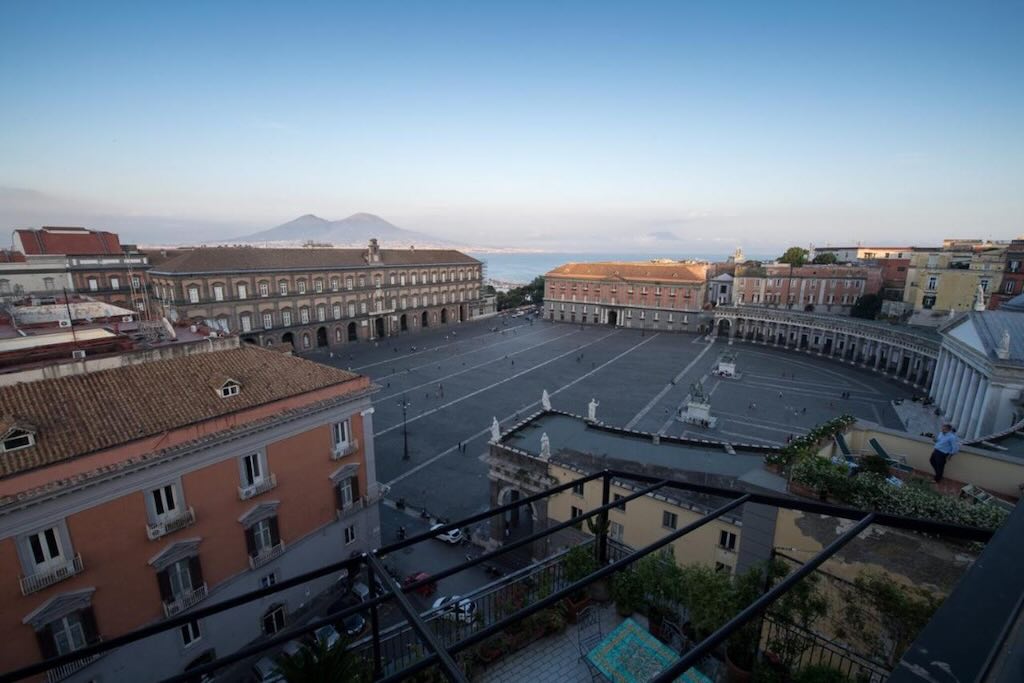
Palazzo Reale is in a large public square (Piazza del Plebiscito) and sits in front of the impressive, but rather dull looking, San Francesco di Paola (below).
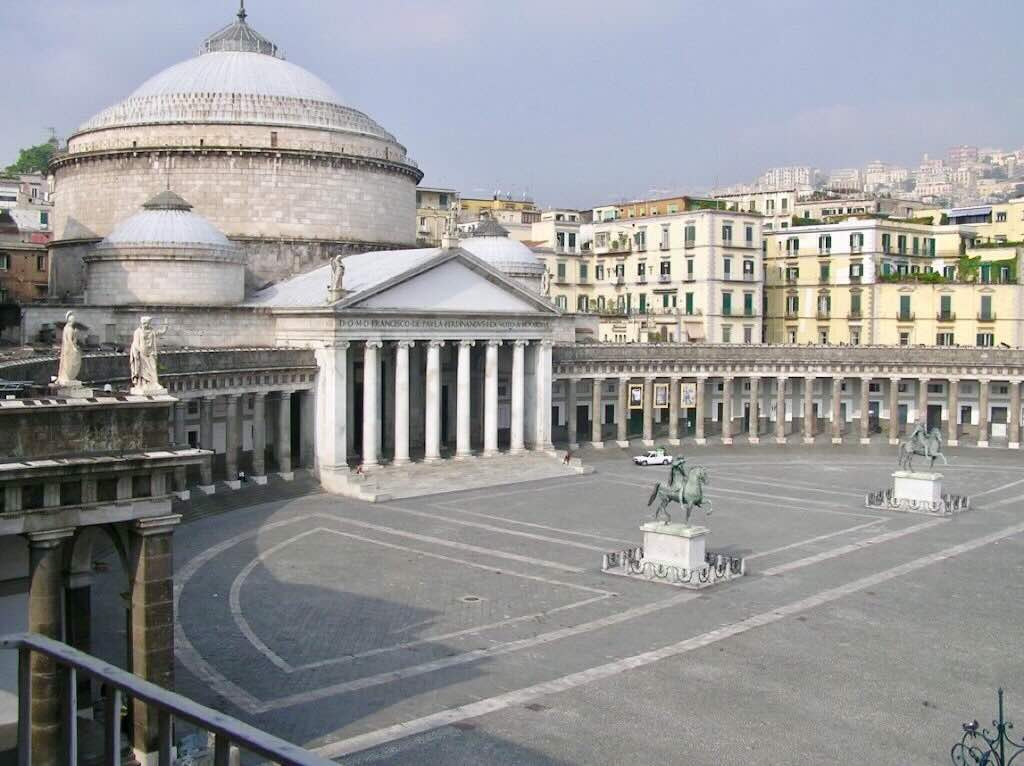
I remember entering Piazza del Plebiscito and thinking that everything was dull, despite the clement weather. And along with Palazzo Reale (below) the whole place looked boring and ‘unloved’. I hope today that they have cleaned it up and given it a bit of “tender loving care”.

Inside the Palazzo Reale, I remember the very impressive stairs leading up to main floor… and the equally impressive Sala XVI that acted as an entrance hall to the conference room.
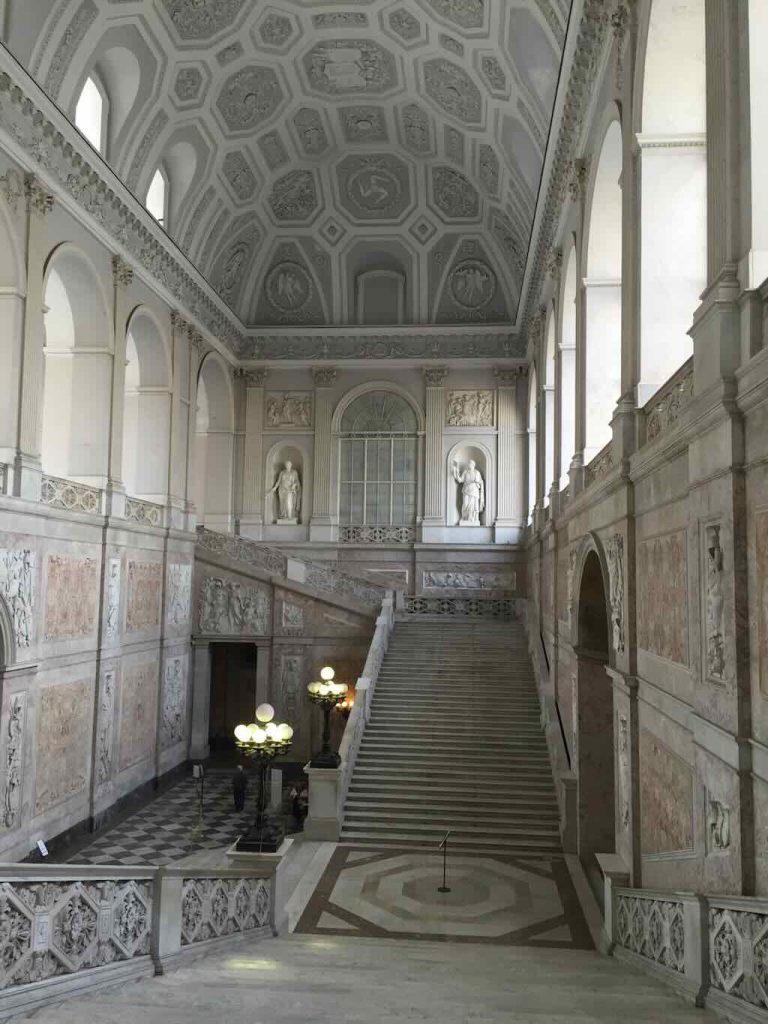
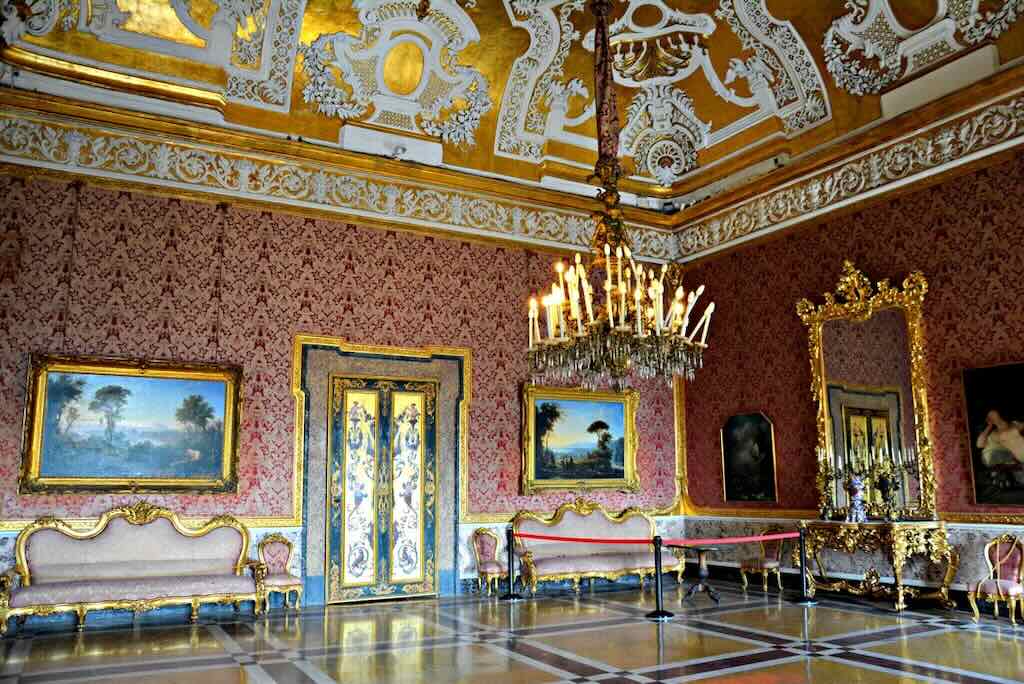
I remember thinking that the candle-like lights would have driven me bonkers trying to get them all nice and vertical.
However the most impressive part was the conference team, who managed to add colour and joy to efficiency. They were fantastic, and by far the best part of the conference (along with my speech).
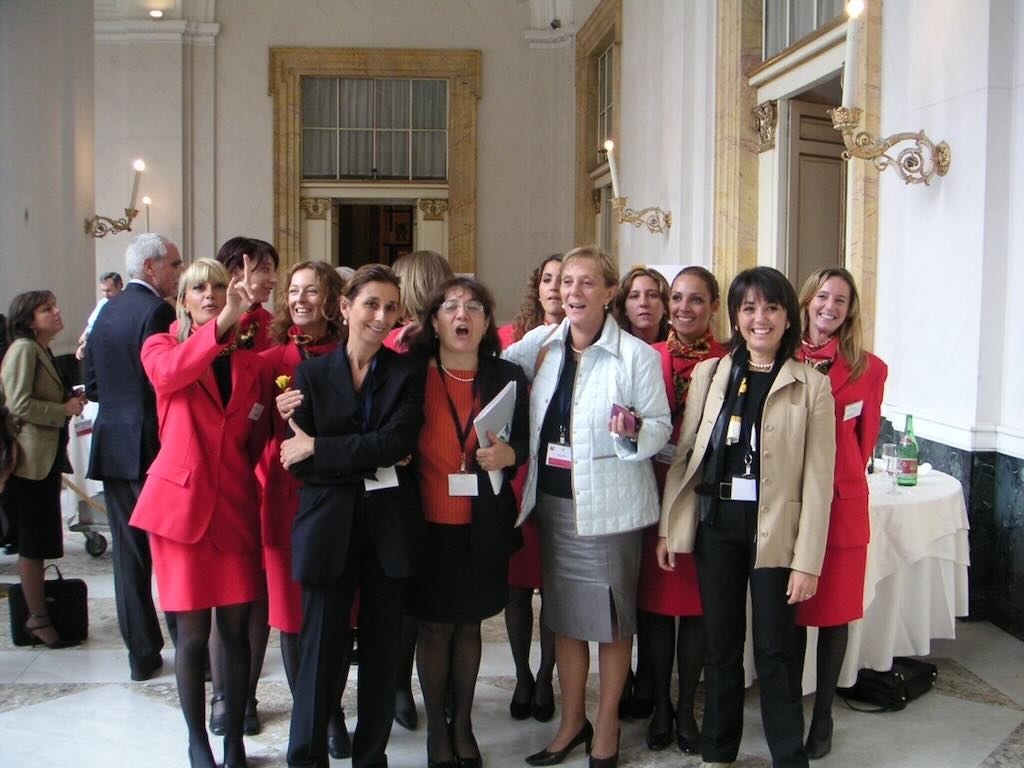
Museo National de Capodimonte
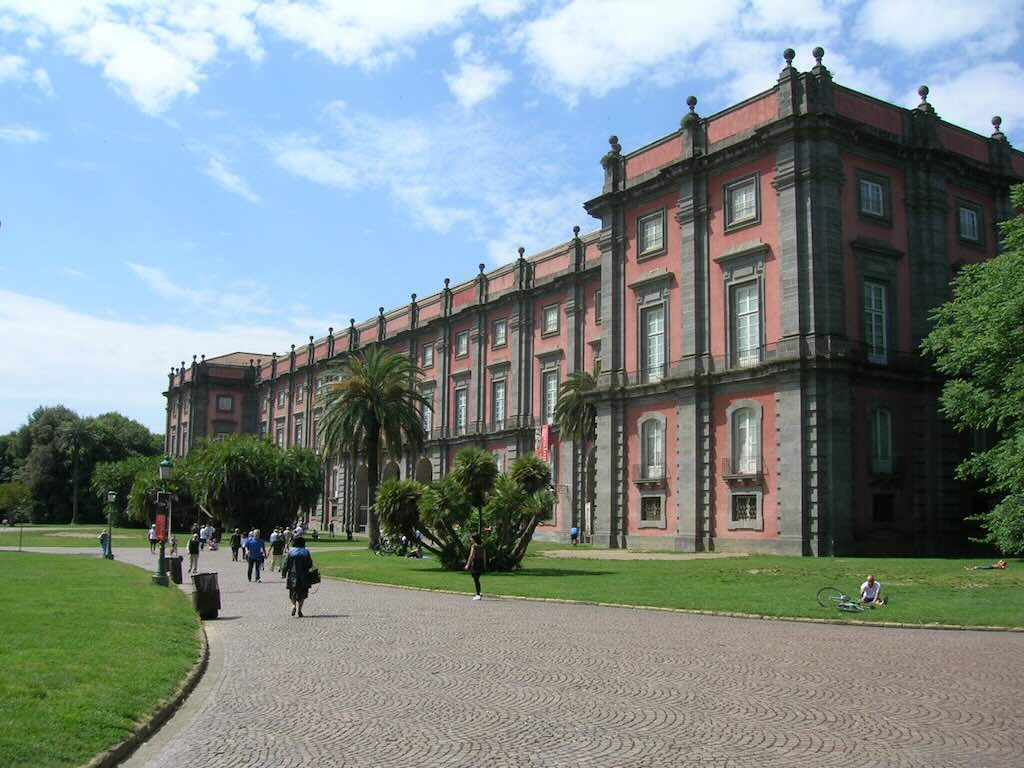
The formal conference dinner was held in the Museo National de Capodimonte, one of the most impressive, yet underrated, museums in Italy. I can highly recommend the free online Guida Capodimonte (in Italian) and this collection of photographs.
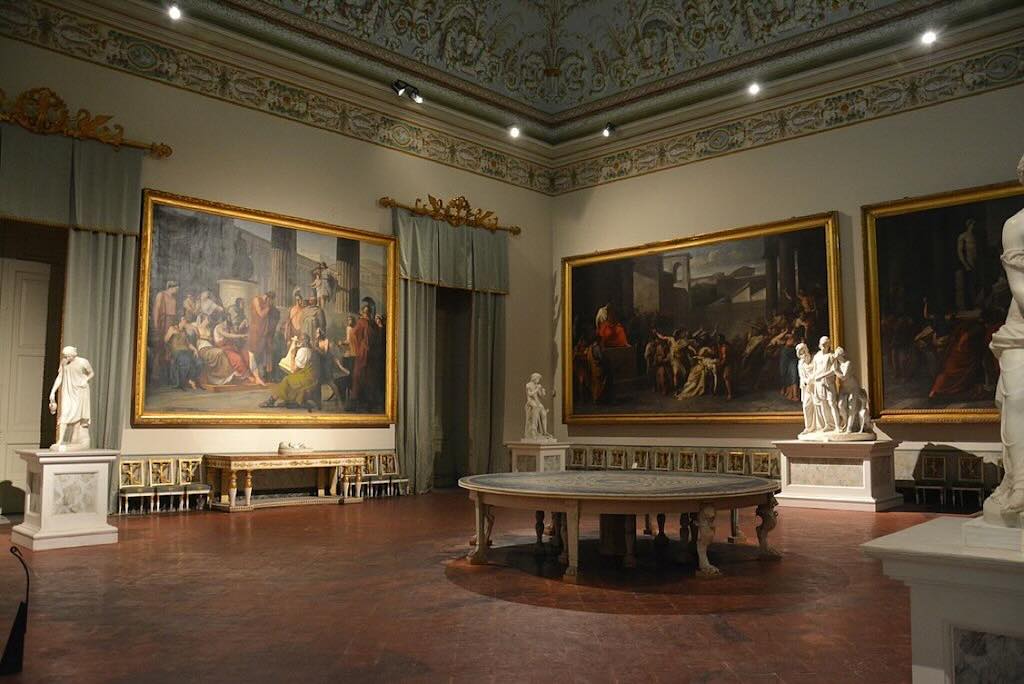
It was a most impressive evening. We were escorted by the Carabinieri, to and from the museum, and we dined in the Salone Camuccini.

The Salone Camuccini located in the eastern corner of the building, often called the “Gran Galleria“, was furnished as the reception room (sala 56) in the palace (sale di rappresentanza del palazzo) with large consolles Napoletana and a monumental marble fireplace. After ‘l’Unità‘, the room received paintings by Francesco Hayez (1791-1882), Pietro Benvenuti (1769-1844) and Vincenzo Camuccini (1771-1844) along with some neoclassical sculptures. Contemporaries of Camuccini considered him one of the few artists worthy of comparison with the great figures of Italy’s artistic past, but by the end of the 19th century they were all virtually forgotten.
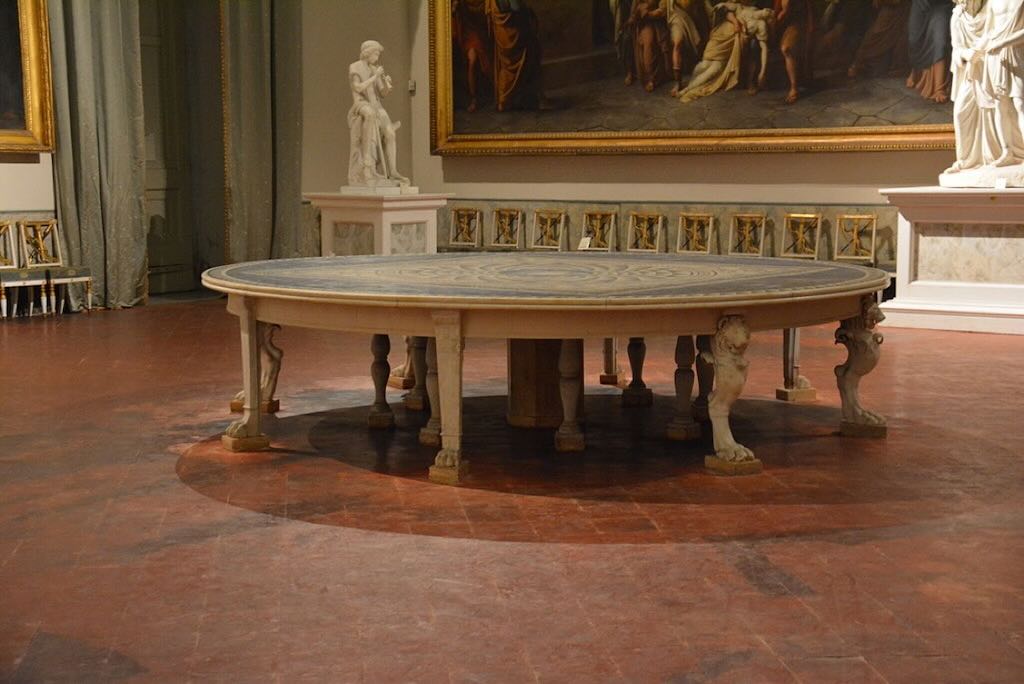
In the middle of the room was placed a table that had been commissioned by Caroline Bonaparte (1782-1839), a table made of pieces of mosaic and stones recovered from the excavations in Herculaneum. I actually had the privilege to dine at this very table.
But the most impressive moment was when I mentioned that one of my favourite artists is Caravaggio (1571-1610), whereupon they immediately called the museum security and took me for a walk around to see their collection of the master. A moment I will never forget, firstly for the kindness expressed in that moment, and secondly for seeing up close the famous Flagellation of Christ.
I’ve always said, the world is different if you speak Italian, and you also see the world differently if you know Italy and Italians.
Check out this beautiful summary Caravaggio Napoli of an exhibition held in 2019.

The Flagellation of Christ dated to 1607, is almost 3 metres high and over 2 metres wide, and was painted during his first stay in Naples. Perhaps of equal importance was that the most famous painter in Rome became the most famous painter in Naples, and this almost single-handily inspire a generation of local artists such as Battistello Caracciolo (one of the notorious Cabal of Naples), Jusepe de Ribera, Mattia Preti and the great woman painter Artemisia Gentileschi.



